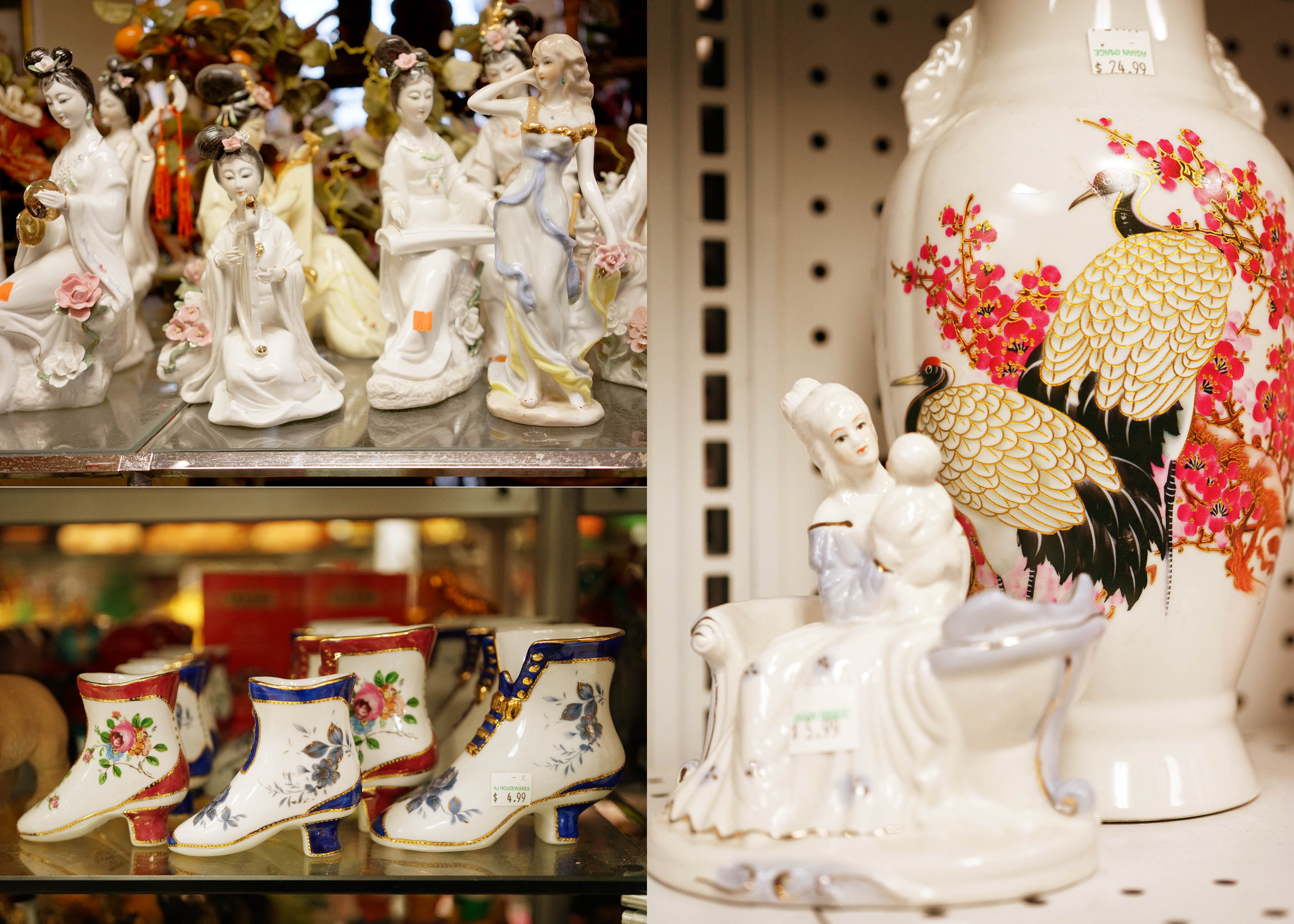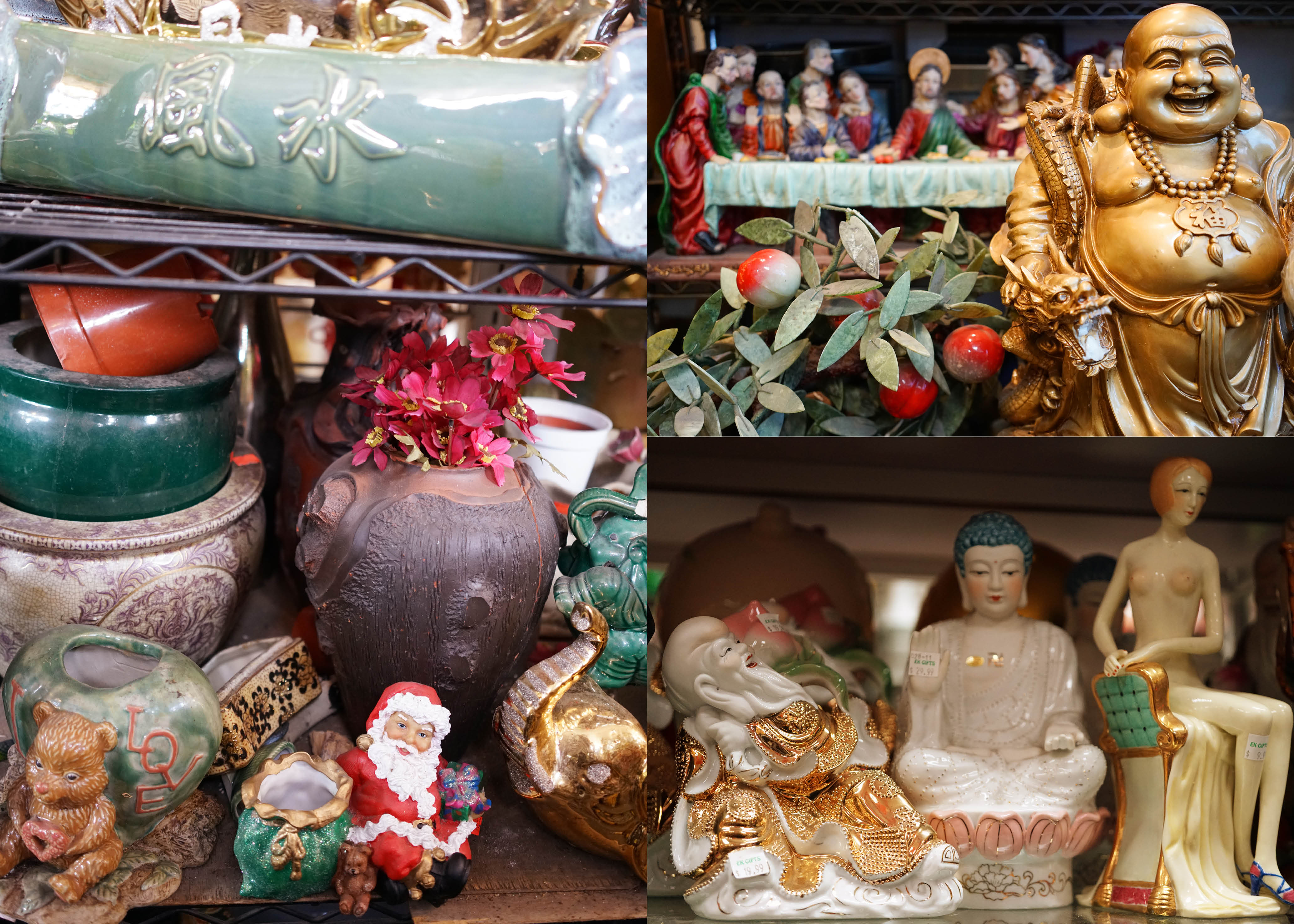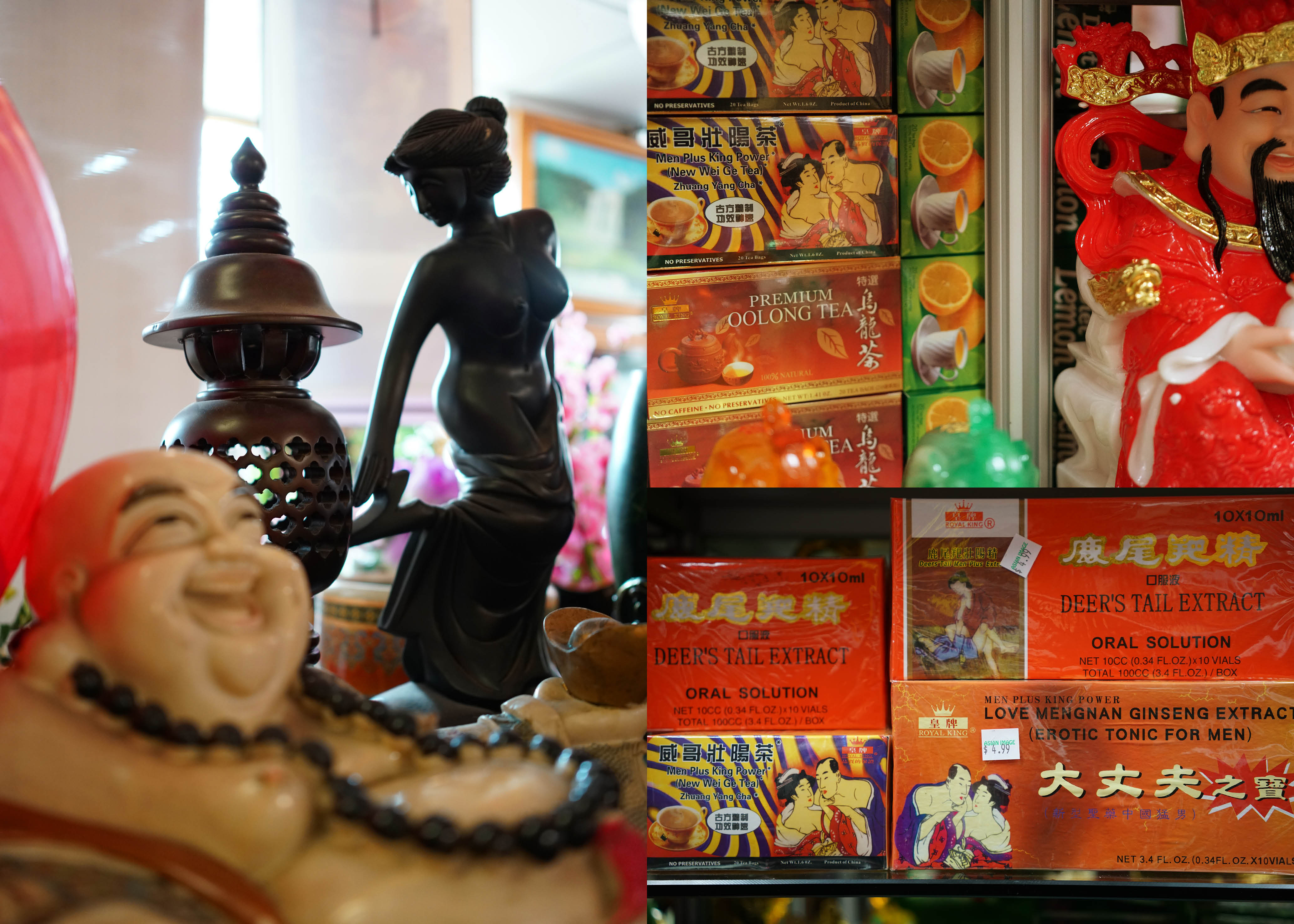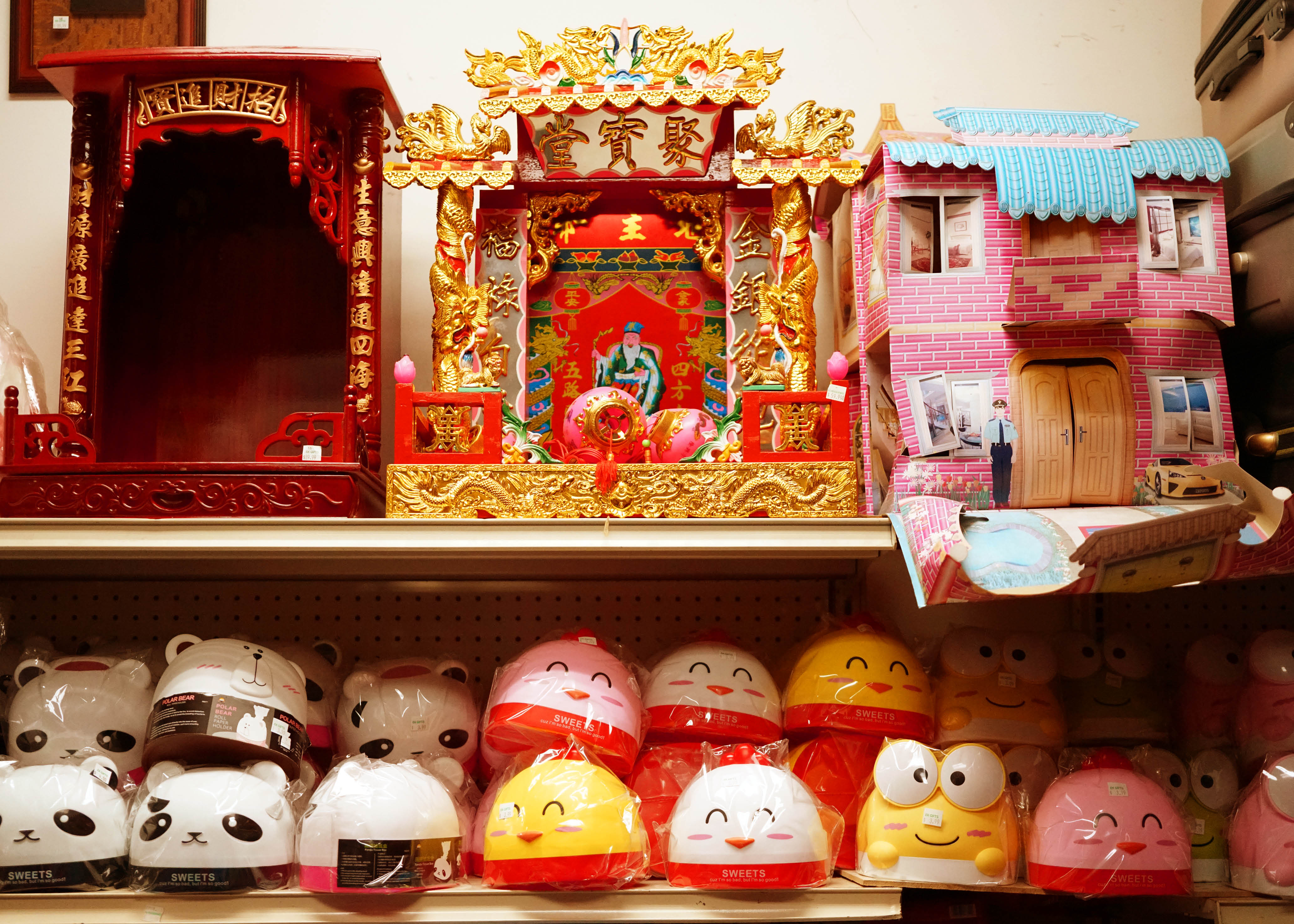"Buy the Case, Return the Case” studies the commodification of culture.
"Buy the Case” studies how commercial culture affects Chinese tradition by using photography to create stereotypical aesthetics. Building stereotypical images for a culture is the strategy commercial world often uses to shape consumers’ unconscious as a means to affect their shopping behaviors. By utilizing commercial photography techniques, ”Buy the case” glorifies a series of Chinese cultural commodities, in order to enhance the fixed image of Chinese aesthetics. But by revealing the industrial details of the objects, "Buy the case” tries to break the cultural illusion photography creates and question the stereotypical interpretation and repetitive appropriation of the Chinese culture.
"Buy the Case” studies how commercial culture affects Chinese tradition by using photography to create stereotypical aesthetics. Building stereotypical images for a culture is the strategy commercial world often uses to shape consumers’ unconscious as a means to affect their shopping behaviors. By utilizing commercial photography techniques, ”Buy the case” glorifies a series of Chinese cultural commodities, in order to enhance the fixed image of Chinese aesthetics. But by revealing the industrial details of the objects, "Buy the case” tries to break the cultural illusion photography creates and question the stereotypical interpretation and repetitive appropriation of the Chinese culture.
买椟·还椟 借助摄影从两个角度探讨文化商品化。
“买椟” 研究商业文化如何介入中式文化传统并通过影像塑造刻板的文化美学。商业文化常通过塑造刻板文化形象以改造消费者的潜意识认知,以此影响其消费习惯。“买椟” 使用商业摄影手法美化中国文化商品,以此加深观众对于中式美学的固有印象。但通过保留商品的工业加工痕迹,“买椟”试图打破商业摄影制造的文化幻境,质疑商业文化对于中国文化的刻板解读与重复挪用。
“买椟” 研究商业文化如何介入中式文化传统并通过影像塑造刻板的文化美学。商业文化常通过塑造刻板文化形象以改造消费者的潜意识认知,以此影响其消费习惯。“买椟” 使用商业摄影手法美化中国文化商品,以此加深观众对于中式美学的固有印象。但通过保留商品的工业加工痕迹,“买椟”试图打破商业摄影制造的文化幻境,质疑商业文化对于中国文化的刻板解读与重复挪用。

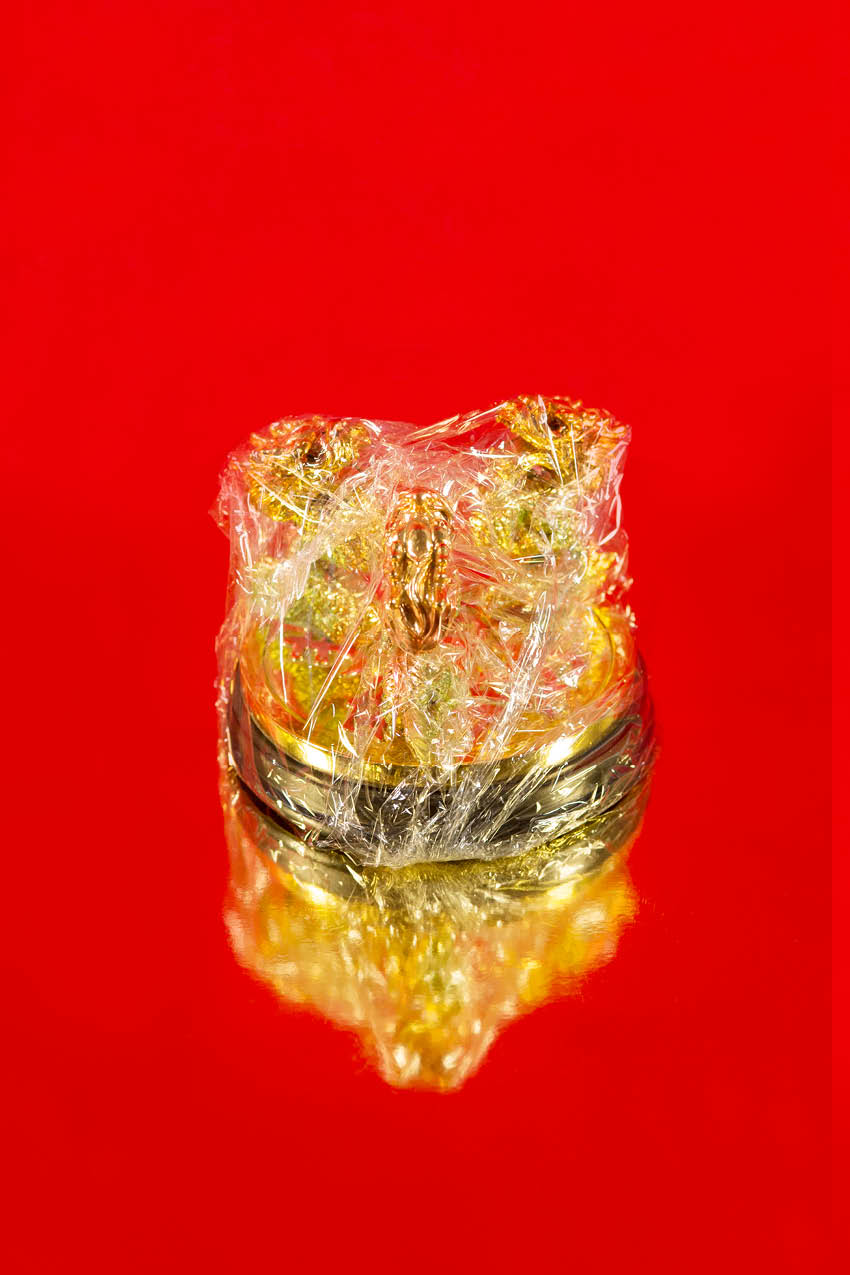
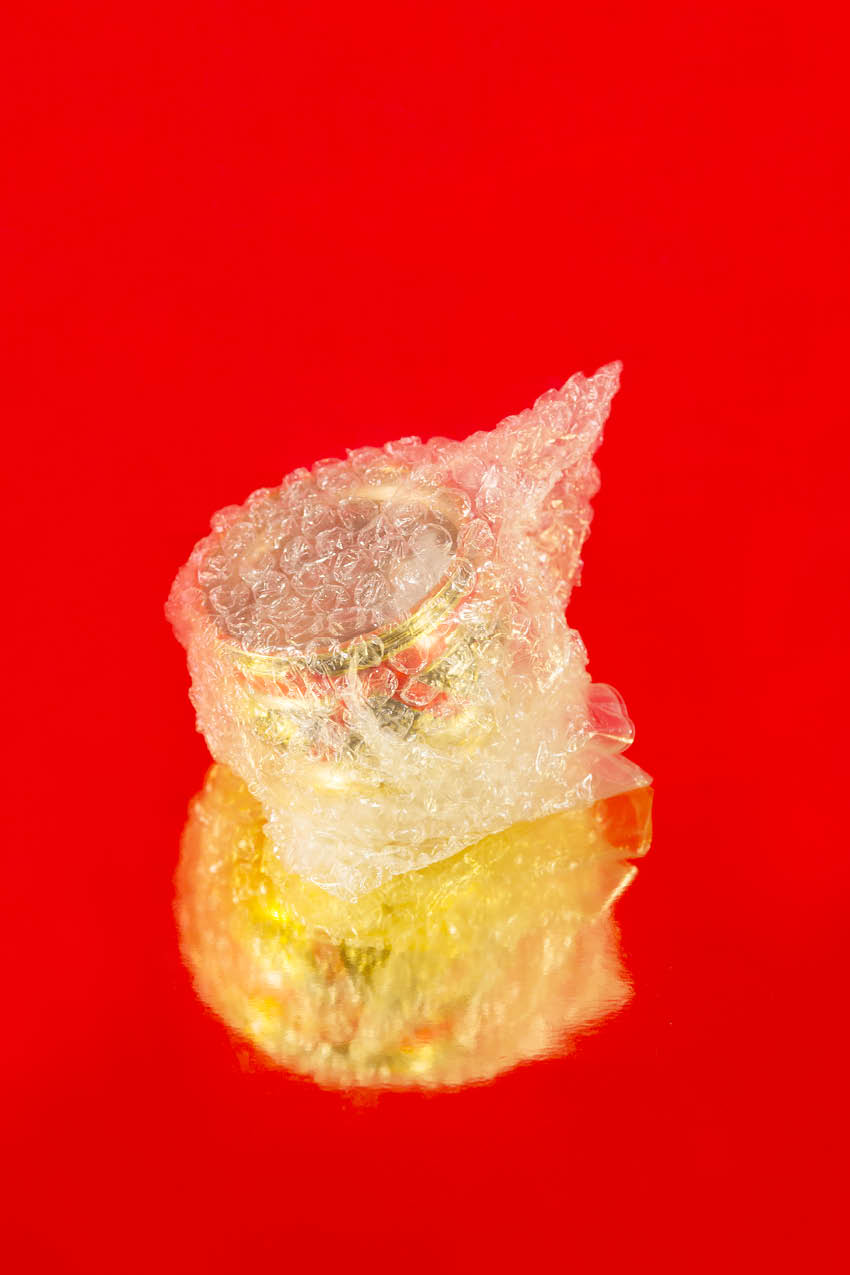
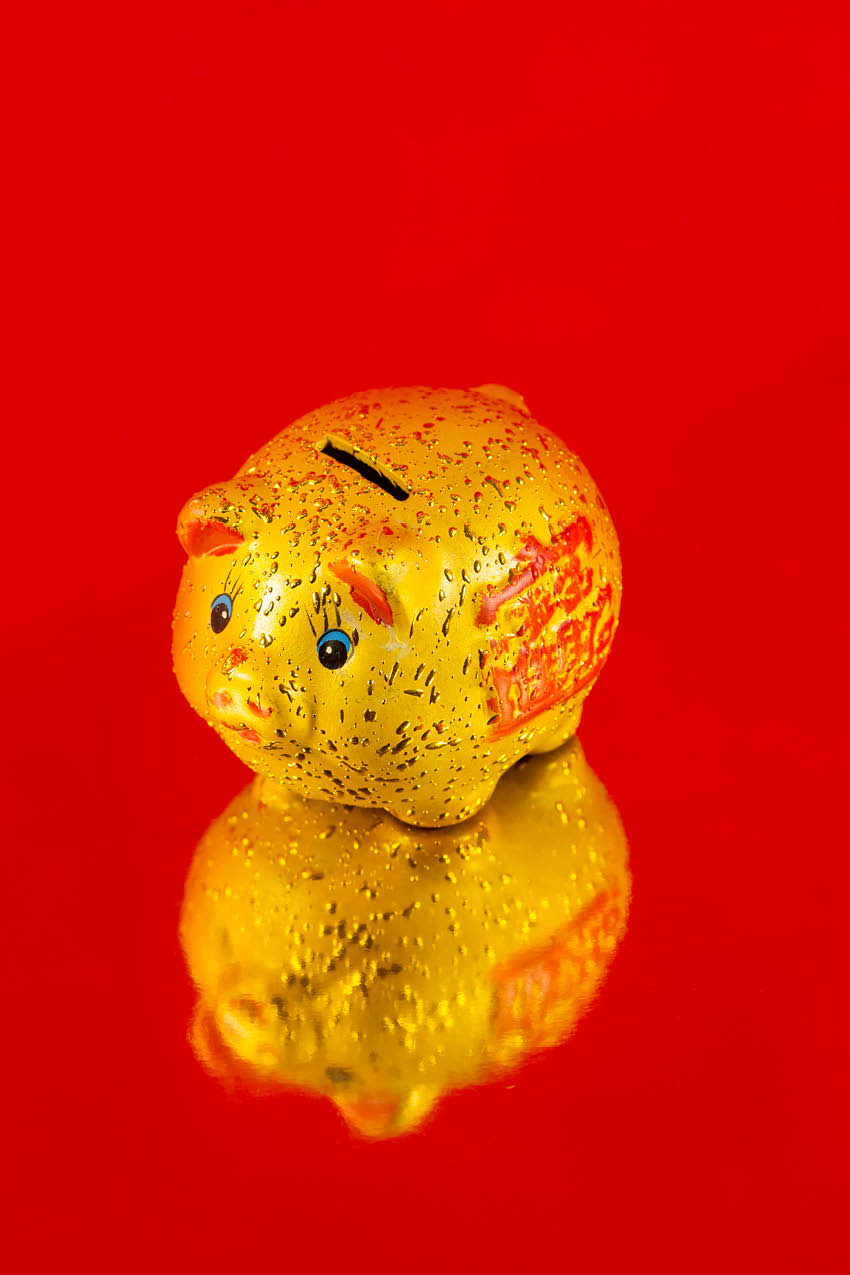


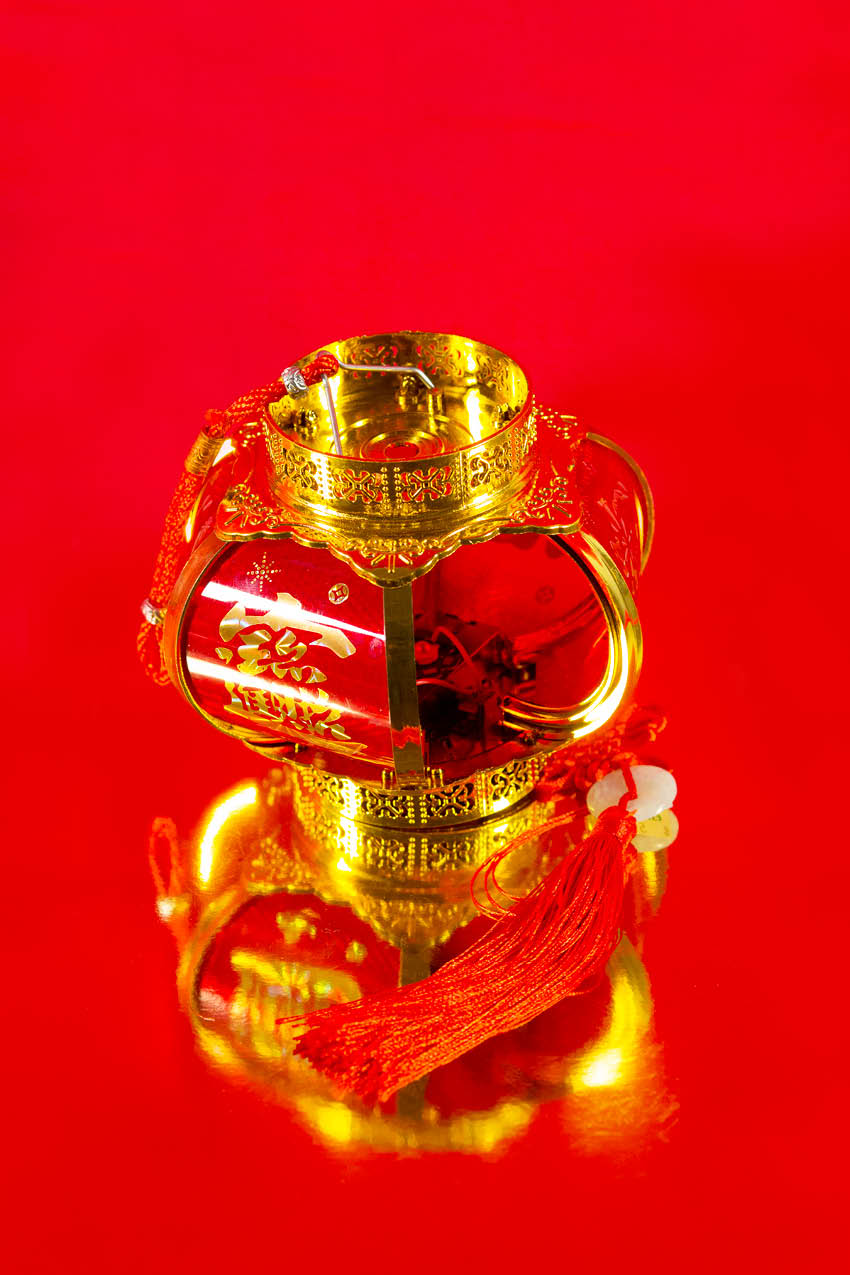


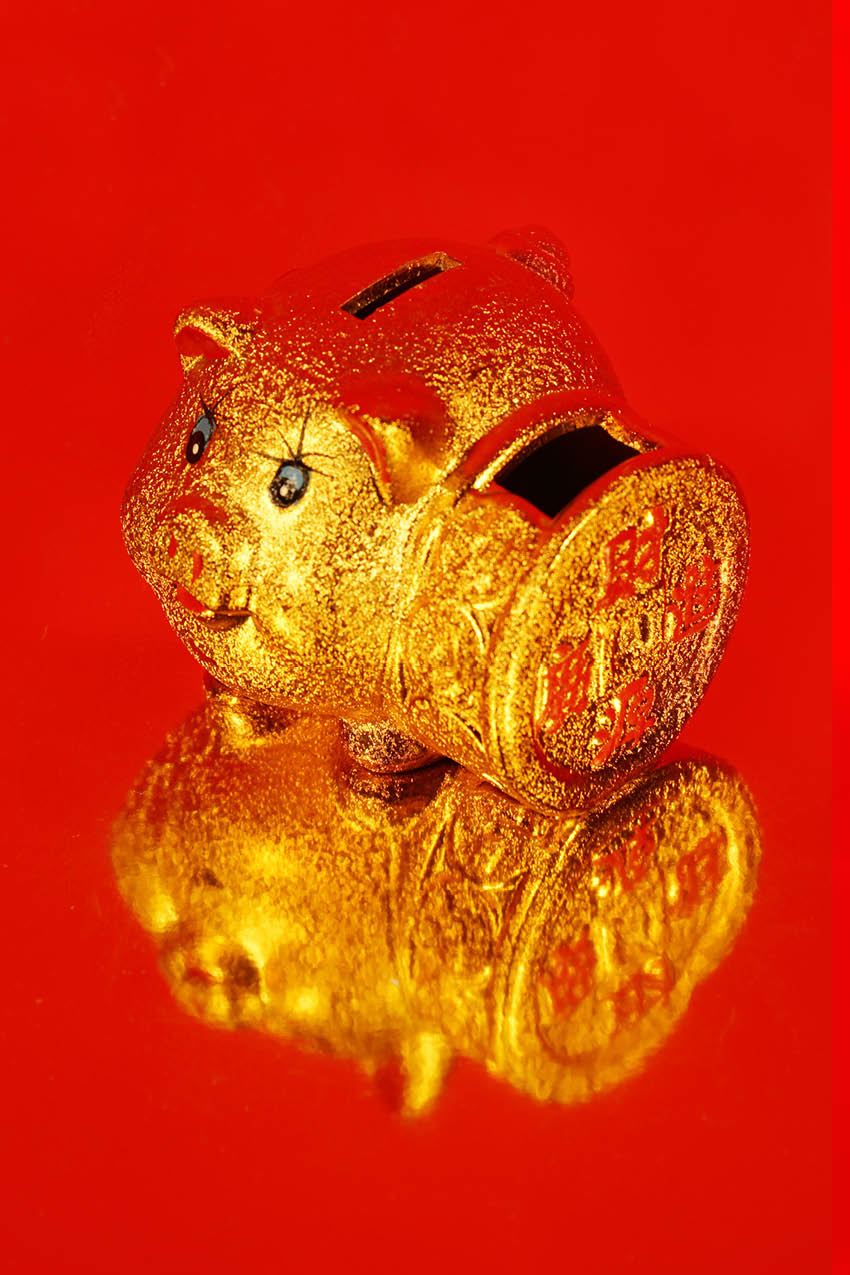


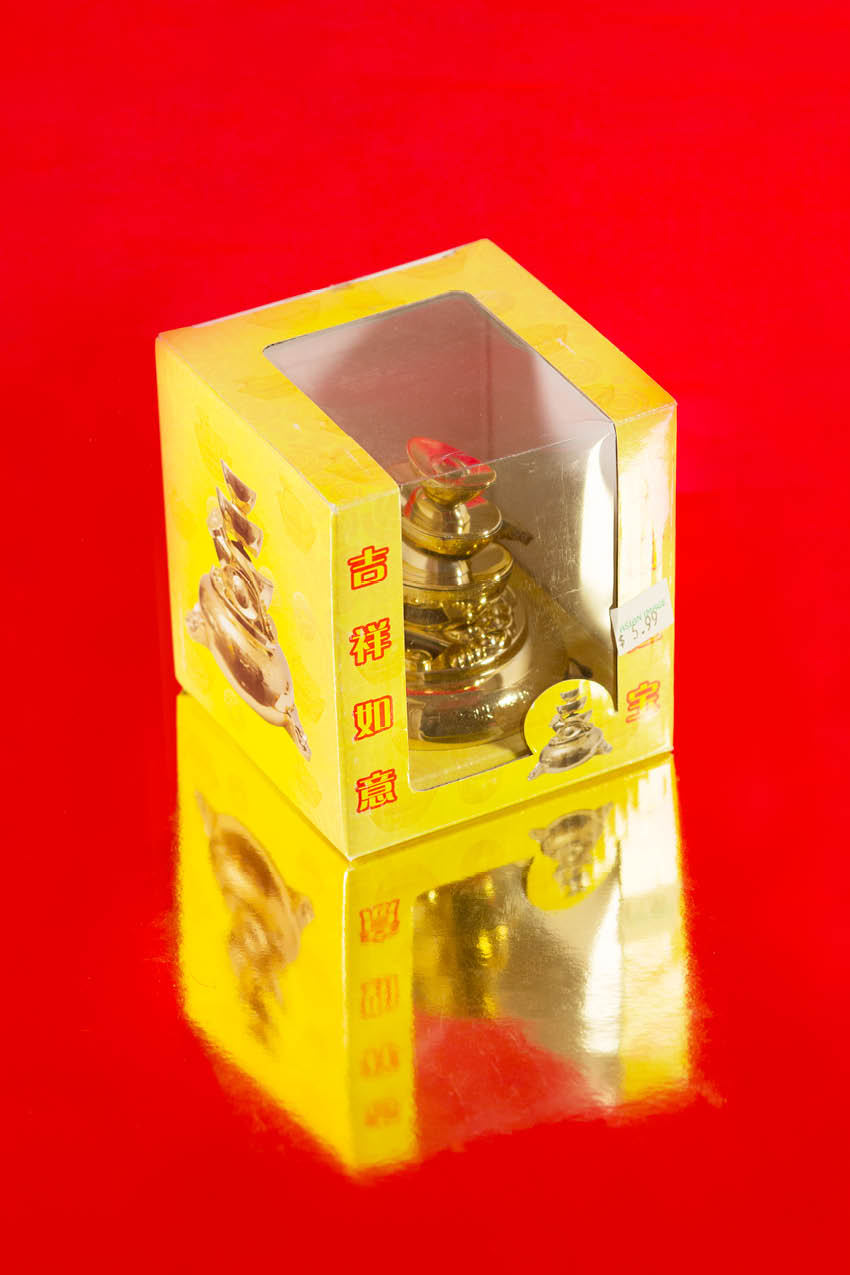
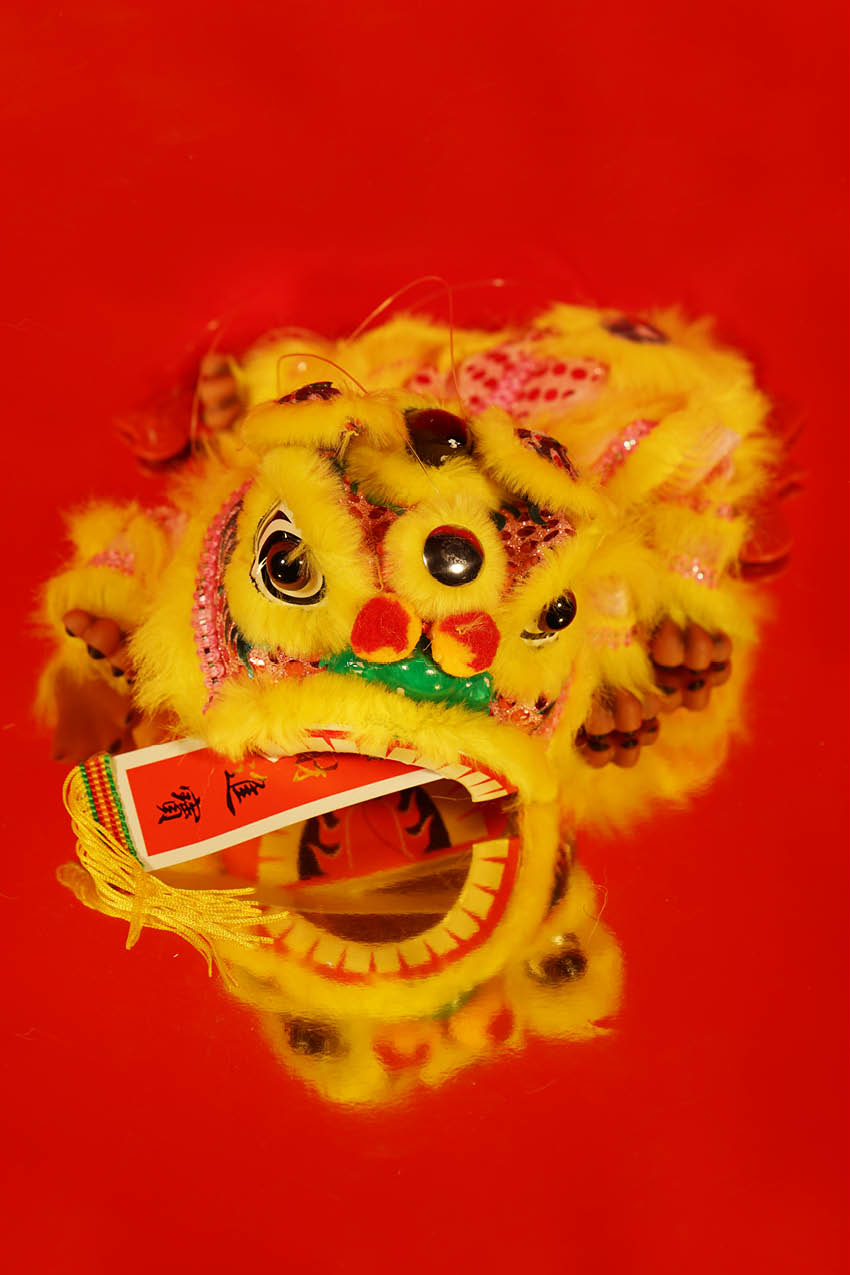
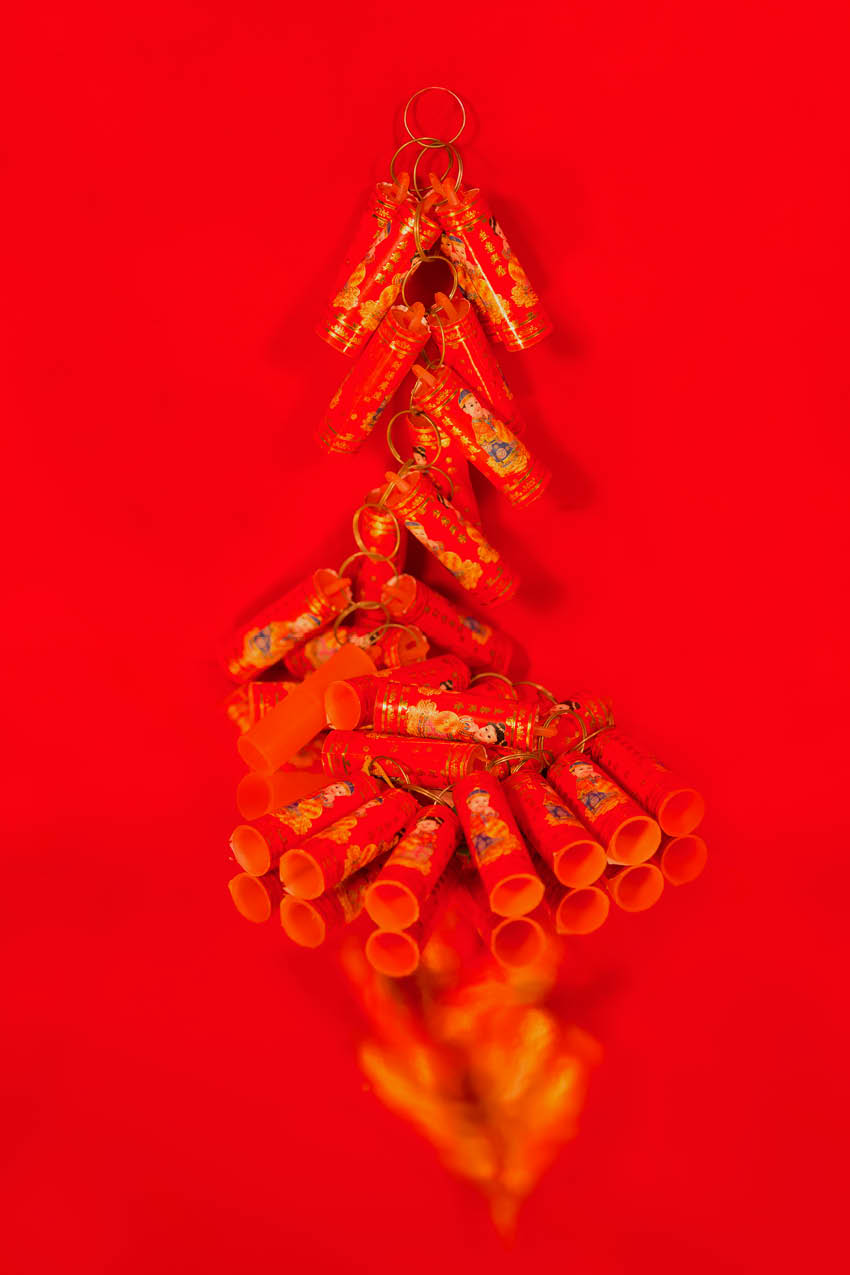
"Return the Case” documents the shop space in Chicago Chinatown. In western context, Chinatown is the symbol of Chinese culture, but in these shop spaces, Chinese culture is only a cultural category that coexists with other cultural categories, which becomes a scene of commercial culture serving for tourism. Under a single cultural context, stereotypical symbols are often considered as the representation of culture, but these shop spaces provide use an opportunity to rethink the role symbols playing in propagating culture, for these spaces break the illusion created by stereotypes under the single cultural context, and the fact that culture is commodified by commercial industry is fully revealed.
“还椟” 记录了芝加哥唐人街的商铺空间。虽然唐人街在西方语境下是中国文化的象征,但在唐人街商铺中,中国文化仅仅作为一种文化标签与其他文化标签共存,成为一种为旅游业服务的商业文化景观。这样的空间为我们提供了机会去反思符号在文化传播中的作用。它打破了在单一文化语境下,同一文化的多个刻板符号所塑造出的文化幻像,而文化作为商品的附属属性的实质被充分显露了出来。


